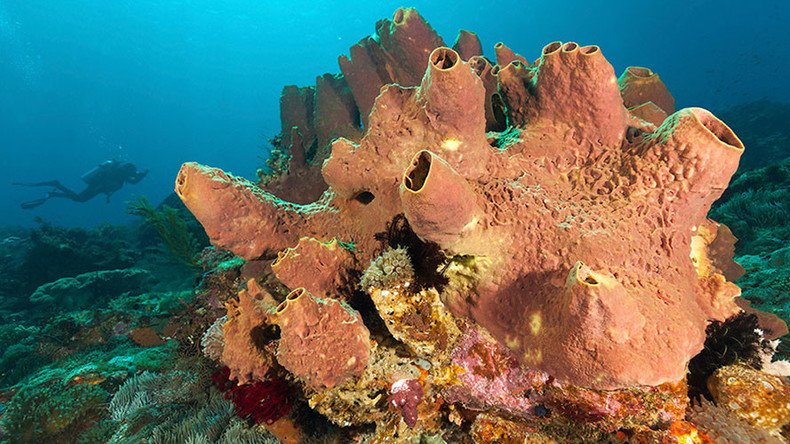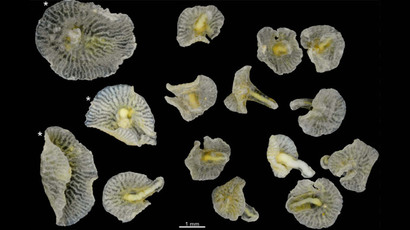Man evolved from what? MIT says Earth’s first animal was probably sea sponge

A new study led by US scientists suggests that sea sponges appeared nearly 640 million years ago, much earlier than any other life form, US scientists say.
A genetic analysis has found molecular samples of sea sponges in rocks dating back 640 million years, a new study conducted by the Massachusetts Institute of Technology (MIT) and published in the Proceedings of the National Academy of Sciences showed.
The rocks significantly predate the Cambrian explosion, suggesting that sea sponges may have been the first animals to inhabit the Earth.
The Cambrian explosion began around 542 million years ago and is believed to be the period when most major animal phyla appeared.
“We brought together paleontological and genetic evidence to make a pretty strong case that this really is a molecular fossil of sponges. This is some of the oldest evidence for animal life,” David Gold, a researcher in MIT’s Department of Earth, said.
Fossils that predate the Cambrian explosion are very hard to research, according to scientists.
“There’s a feeling that animals should be much older than the Cambrian, because a lot of animals are showing up at the same time, but fossil evidence for animals before that has been contentious,” Gold said. “So people are interested in the idea that some of these biomarkers and chemicals, molecules left behind, might help resolve these debates.”
MIT researchers focused on 24-isopropylcholestane, or 24-ipc for short — a lipid molecule, or sterol, that is a modified version of cholesterol.
They had to go through the genes of about 30 organisms, such as plants, fungi, algae and sea sponges, in order to pinpoint one gene, sterol methyltransferase (SMT), which is responsible for producing the 24-IPC molecule in organisms that also have the correct number of copies.
Although sea sponge and algae both have the necessary number of copies capable of producing the molecule, the study has proved that sponges did it long before the algae.
“This goes to show how much we still don’t know about early animal life, how many discoveries there are left and how useful, when done properly, these molecular fossils can be to help fill in those gaps,” the researcher concluded.













